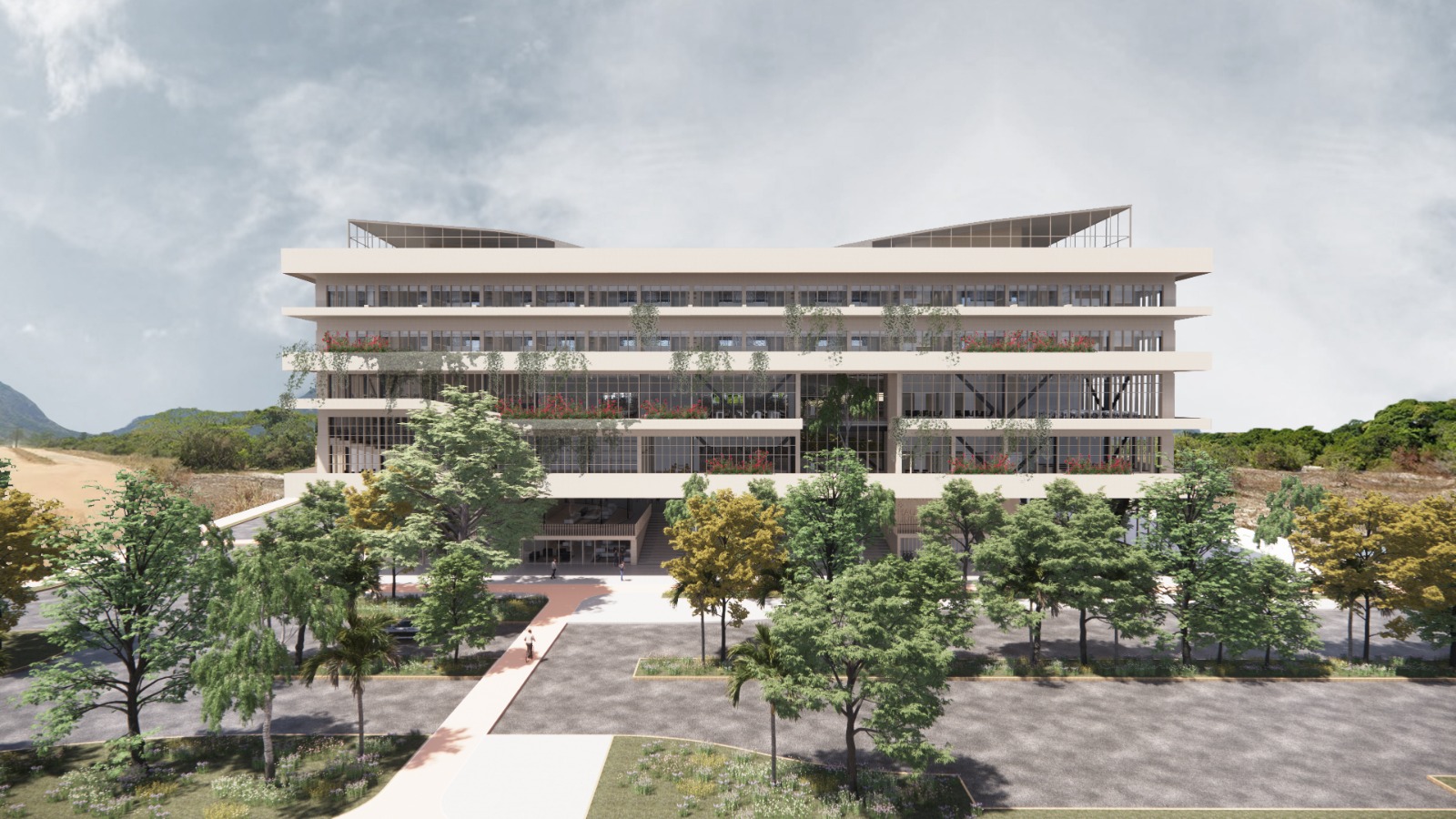In Brazil, the hospitality market is recovering from the pandemic, with expected growth from USD 9.14 billion in 2024 to USD 12.35 billion by 2029. MARAEY, a pioneering sustainable development in Maricá, Rio de Janeiro, aims to set new standards in environmental, social, and economic impact.
Project Highlights:
1. Environmental Impact:
- Sustainable Design: Only 18.78% of the 845-hectare site will be developed, with 81% preserved. Green technologies and renewable energy will be integrated.
- Curriculum Focus: The university will include courses on sustainability in hospitality.
2. Social Impact:
- Community Integration: The project respects local cultures and supports local communities, including indigenous groups.
- Employment: The university and associated developments will create jobs and boost local economic growth.
3. Economic Impact:
- Tourism Boost: Luxury hotels and a convention center will drive tourism, enhance Brazil’s international profile, and stimulate local businesses.
- Educational Excellence: In partnership with EHL, the university will elevate hospitality education standards in Latin America.
Implementation Phases:
- Conception: Assess feasibility, engage stakeholders, and develop a robust educational model.
- Design: Create facilities using sustainable practices and modern teaching methods.
- Support: Regular audits and EHL network integration to ensure quality and continuous improvement.
Expected Outcomes:
- Tourism: Increased global recognition and economic benefits from tourism.
- Education: A leading hospitality education institution in Latin America.
- Community: Enhanced quality of life and cultural preservation.
- Awards: Recognized with the Americas Property Award and International Property Award for excellence.
MARAEY represents a model for integrating sustainable development with high-quality education and community engagement.
